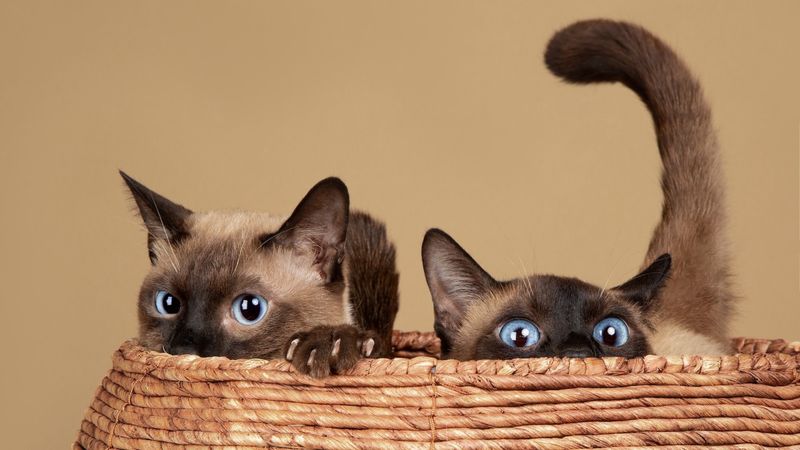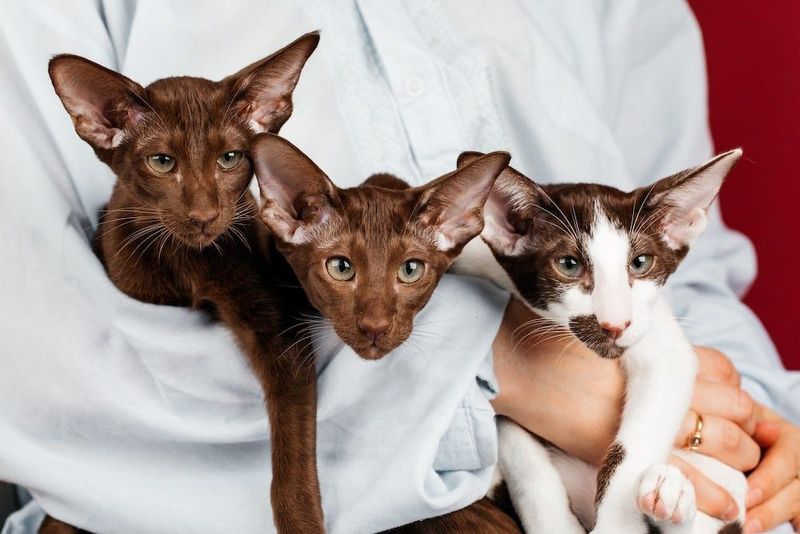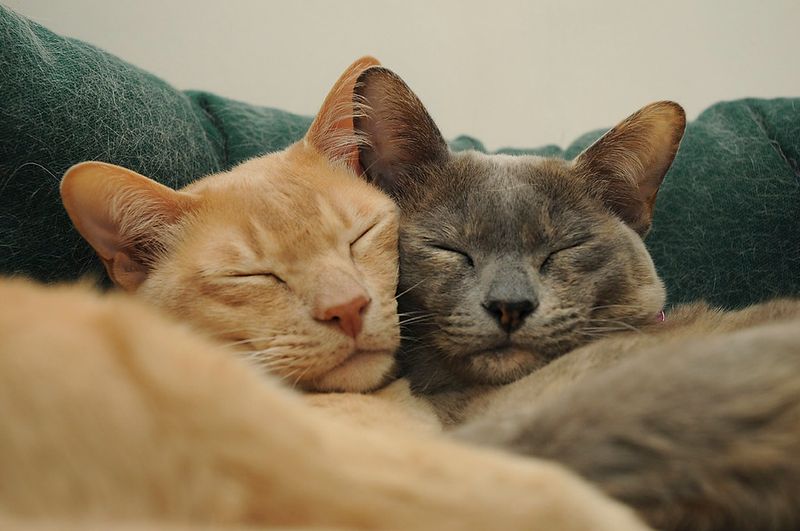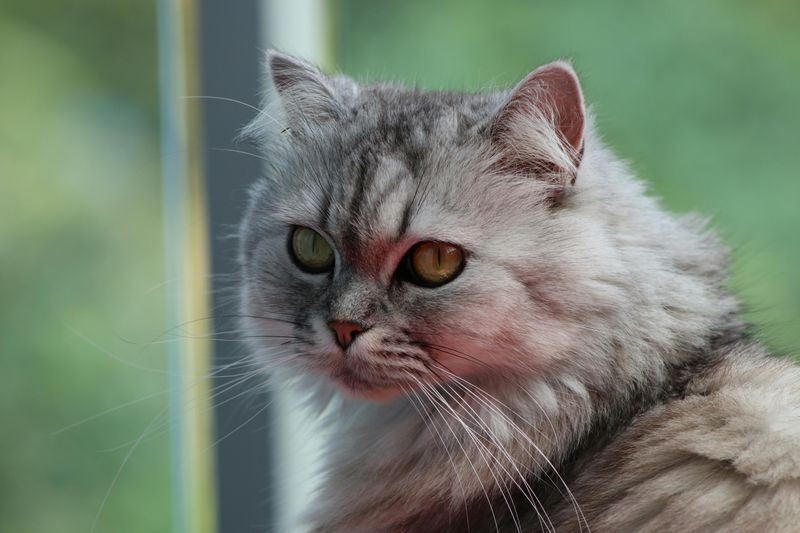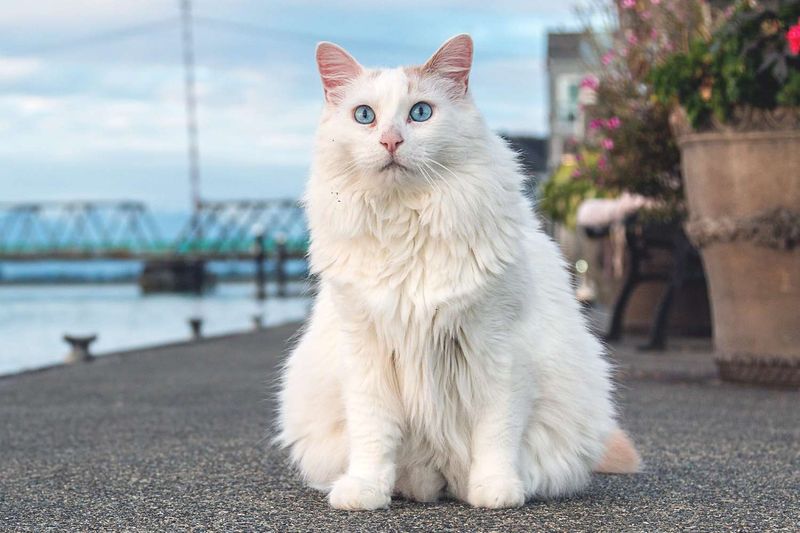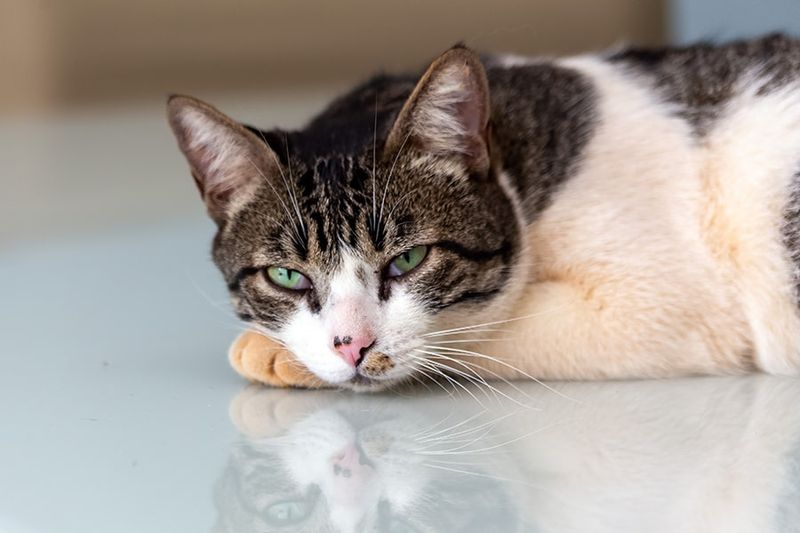📖 Table of Content:
Choosing the right feline companion involves more than just looks or breed popularity—it requires understanding their social temperament. Some cats flourish in bustling environments and thrive when they have a fellow feline to play, nap, and bond with. Others, however, are far more content ruling their domain solo, enjoying their human’s attention on their own terms.
Cats that prefer company often display traits like high intelligence, vocalization, and playful energy. For these breeds, having another cat around isn’t just a bonus—it’s often essential for their mental well-being. Conversely, solo-loving cats may be more reserved or territorial, and introducing another pet into their space could cause stress or behavioral issues.
Whether you’re thinking of adopting a pair or providing a cozy, quiet haven for a lone cat, understanding breed-specific needs will guide you in making a decision that’s best for both your household and the cat. Below is a closer look at five breeds that thrive in pairs and five that are known to prefer a solo lifestyle.
1. Ragdoll
Calm and composed, Ragdolls are the gentle giants of the cat world. They adore companionship and often follow their humans from room to room. However, when humans are away, another feline can provide the social warmth they crave. Their easygoing nature makes them highly adaptable to other cats, especially those with similar temperaments. Unlike some independent breeds, Ragdolls do not mind sharing affection or space. Living in pairs often enhances their sense of comfort and reduces separation anxiety. Their affectionate personalities blossom best in environments that include constant companionship.
2. Abyssinian
Brimming with energy and mischief, the Abyssinian is no ordinary lap cat. This breed thrives on exploration and thrives even more when partnered with an equally spirited feline friend. Left alone, they may turn to destructive behaviors out of sheer boredom. An active playmate provides not only entertainment but also a healthy outlet for their boundless curiosity. Whether it’s climbing furniture or chasing a feather toy, they do everything with gusto. Their sociability and playfulness mean they rarely do well as solitary pets. The more stimulation they get, the more vibrant their personality becomes.
3. Siamese
Few breeds are as chatty and affectionate as the Siamese. Known for their signature vocals and striking blue eyes, these cats develop intense emotional bonds with their companions. Isolation often leads to boredom and even depression in this breed. Their intelligence and curiosity demand constant mental engagement. With another cat by their side, preferably another active breed, they can enjoy endless games and cuddling sessions. Owners often find that paired Siamese cats are happier and exhibit fewer attention-seeking behaviors. Their sociable nature makes them ideal candidates for multi-cat households.
4. Oriental Shorthair
Highly intelligent and emotionally sensitive, the Oriental Shorthair is a breed that flourishes in emotionally rich environments. Loneliness doesn’t sit well with them, often leading to anxiety or withdrawal. They enjoy sharing toys, naps, and conversations—with both humans and other cats. A compatible feline friend helps stabilize their mood and prevents them from becoming overly dependent on their owner. Their loyalty doesn’t lessen with sharing; it expands. This breed is known to grieve when separated from a companion, showing how deeply they bond. In pairs, their sociability shines to its fullest extent.
5. Burmese
Joyful and endearing, the Burmese cat is affectionately referred to as a “Velcro cat” for their strong attachment to their people. However, they do just as well—if not better—when they have a fellow feline to share their day. Their exuberant nature finds fulfillment in mutual grooming, shared naps, and interactive play. Unlike cats that value alone time, Burmese actively seek interaction throughout the day. When raised in pairs, their energy is well-balanced and less overwhelming for human caretakers. A duo of Burmese cats can be endlessly entertaining and heartwarming to watch. Their love is generous, inclusive, and vibrant.
1. Persian
Stillness and serenity define the Persian cat, a breed that exudes calm. These cats enjoy the quiet and don’t typically seek out much excitement or social interaction. Crowded households or energetic feline companions often stress them out. Their preference for peaceful solitude makes them ideal solo pets. While affectionate with humans, they tend to be indifferent or even aloof toward other animals. Persians are content spending hours perched in a sunbeam or resting on a favorite cushion. Their routines thrive best without the disruption of another cat’s presence.
2. Russian Blue
Graceful and reserved, the Russian Blue bonds deeply but selectively. They often form a strong, lasting connection with one person, and their shyness makes them wary of strangers—including pets. Introducing another cat can cause them to retreat and hide. Their intelligence and independence allow them to entertain themselves without needing companionship. A quiet home suits them far more than one filled with constant activity. Although affectionate and loyal, they value predictability and peace. For the Russian Blue, solitude isn’t loneliness—it’s comfort.
3. Turkish Van
Bold and fiercely independent, the Turkish Van is no ordinary lap cat. Their high energy and strong personality can make sharing space with other cats difficult. Known for their love of water and adventure, they prefer to be the star of their domain. Territorial tendencies often emerge when another feline enters the picture. These cats are not aggressive by default, but they are certainly particular about their environment. A solo setting allows them to maintain control and freedom without conflict. Their ideal home is one where they rule alone, with ample room to roam.
4. Scottish Fold
The charm of the Scottish Fold lies in its gentle, sweet demeanor. While they are affectionate, they are also deeply introspective and enjoy quiet time. Too much stimulation from other pets can lead to stress or withdrawal. They bond well with their owners and thrive in low-key households. Their folded ears give them an almost meditative appearance, matching their inner calm. Adding another cat into the mix can upset their delicate sense of balance. For many Scottish Folds, a peaceful, solo lifestyle is the most fulfilling.
5. American Wirehair
Unbothered by chaos and rarely needy, the American Wirehair embodies feline independence. Their wiry coat may be unique, but their preference for solitude is what truly defines them. They adapt well to different living conditions, as long as their personal space is respected. While friendly, they are not the type to demand constant attention or social interaction. Introducing another pet may lead to quiet rebellion or reclusive behavior. These cats enjoy their own rhythm and don’t rely on others to feel content. For owners seeking a low-maintenance, solo-loving companion, the American Wirehair is an excellent choice.



